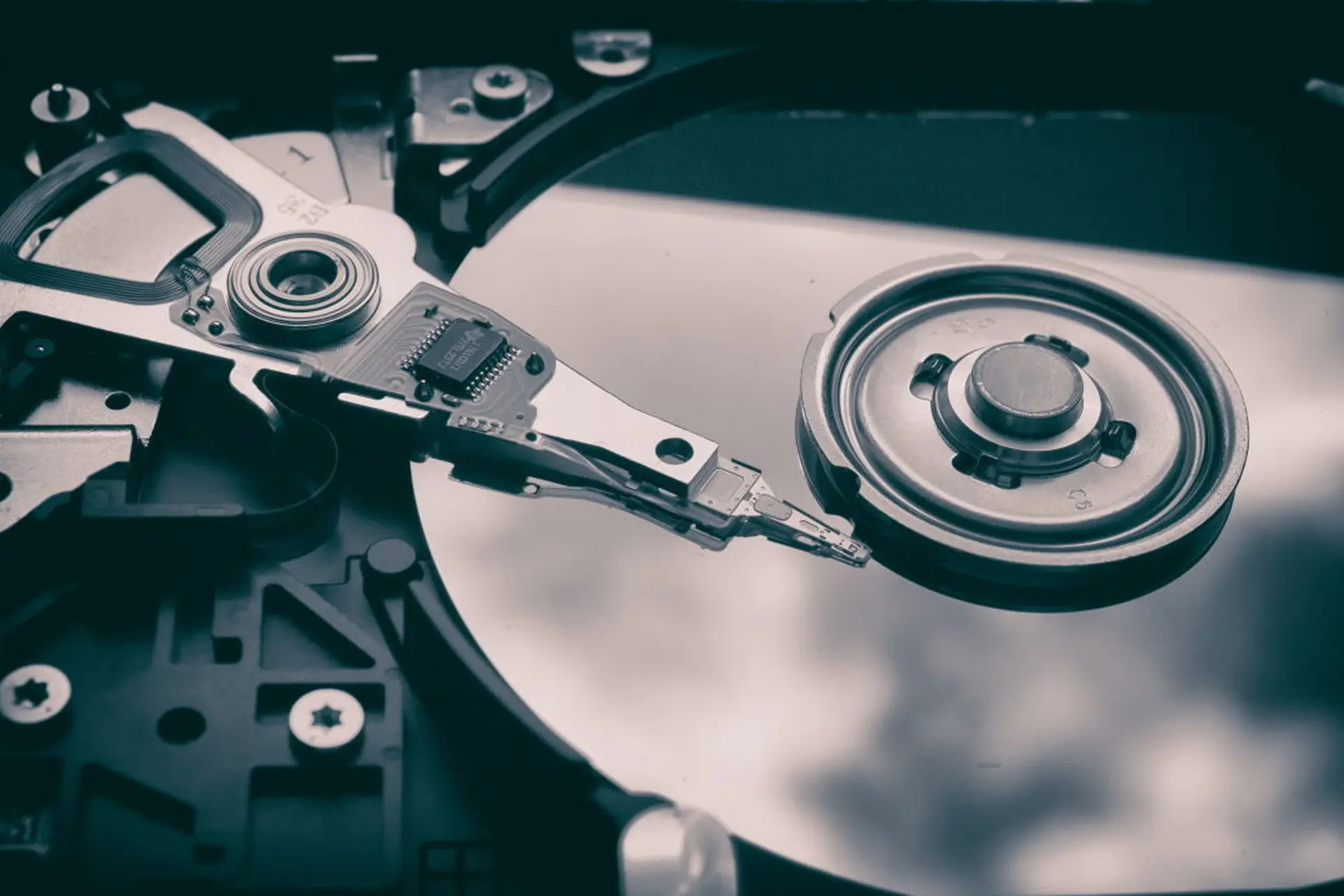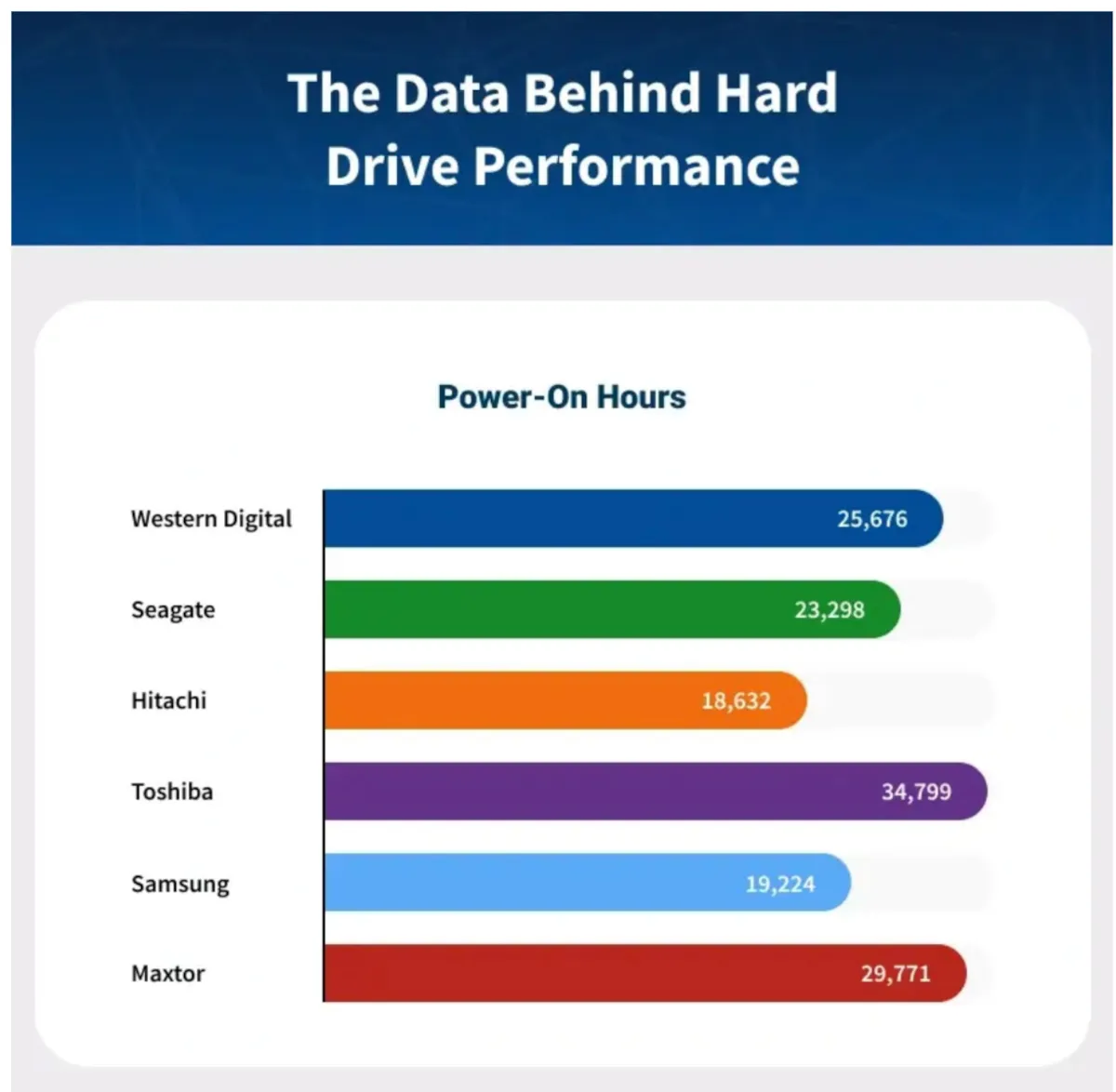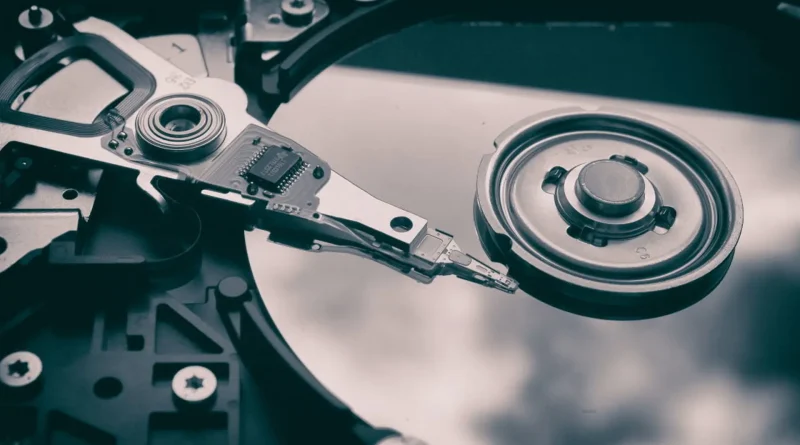Most HDD drives become defective after three years

According to a recent report, storage HDD drives fail after about three years.
Backblaze, which operates in the cloud storage space, has released reports focused on hard drives in recent years to determine which companies offer the best storage drives to customers. These reports examine not only healthy drives, but also how many drives have become defective over time.
In this regard, an active data recovery company conducted a study based on the number of defective drives they received from customers. This study shows that on average, each hard drive fails close to three years. This does not mean that all HDD drives become defective after three years, but rather if a drive is to become defective, the likelihood of it failing within the three-year period is much higher.
Backblaze’s reports cover hundreds of thousands of drives, but the American company Secure Data Recovery has only examined 2,007 defective hard drives. Secure Data Recovery examined the drives based on predictable criteria (such as the time it takes the drive to spin up) and unpredictable criteria (such as malware and misuse of the drive).

Based on ExtremeTech report, in a recent study, the drives of 6 companies were examined. The highest proportion of failures (57 percent) belonged to Western Digital, which included 47 percent of the company’s own drives and 10 percent of Hitachi’s drives, which are owned by Western Digital.
28 percent of the failures were related to Seagate, 8 percent to Toshiba, and 6 percent to Samsung. Also, 1 percent of failures were seen in Maxtor company drives. These HDD drives had a capacity of between 40 GB to 1 TB.
According to Secure Data Recovery, faulty drives have been on for an average of 25,233 hours, which is equivalent to 1,051 days or two years and ten months. During this period, the number of defective sections on the drive reached 1,548 cases. This number may seem scary at first, but don’t forget that a one-terabyte drive has almost two billion separate sections.
The most interesting finding of Secure Data Recovery is that drives manufactured before 2015 were of better quality compared to newer models. Over time, further technical advancements have been made, and this has led to drives becoming more complex and the likelihood of them failing increasing. Traditional CMR drives are more resistant than newer SMR drives.




